In Photos: A Bevy of Magical 'Fantastic Beasts'
A suitcase full of creatures

The film "Fantastic Beasts and Where to Find Them" (Warner Bros., 2016) revisits the wizarding world of Harry Potter and brings many of its numerous magical creatures to life.
While these creatures are fictional, they resemble wildlife that exist in the real world, and animators and modelers reference actual animals when designing the ways that mythical creatures look and move.
In the film, wizard naturalist Newt Scamander (Eddie Redmayne) transports dozens of beasts of all sizes to New York City in a suitcase that's much roomier than it looks, but trouble arises when some of the beasts escape and wreak havoc in the "no-maj" (non-magical) world.
[Read about how animators created the fantastic beasts]
Peaceful and herbivorous
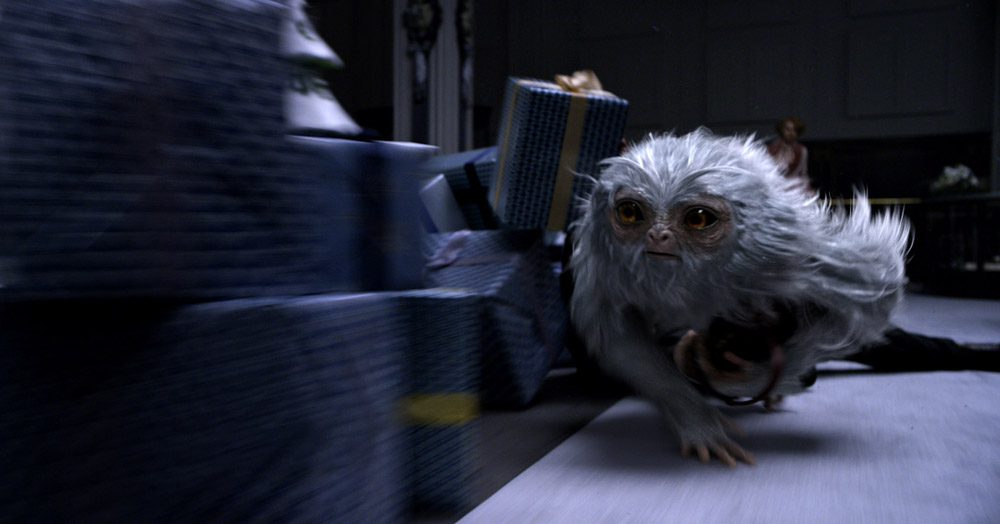
The white-furred "Demiguise" somewhat resembles big-eyed primates such as the slow loris, and like lorises, this fictional beast is purported to originate in Asia. According to the J.K. Rowling book, "Fantastic Beasts and Where to Find Them" (Bloomsbury, 2001), the Demiguise can make itself invisible, and its fur can be spun into thread to weave invisibility cloaks.
Winged beast
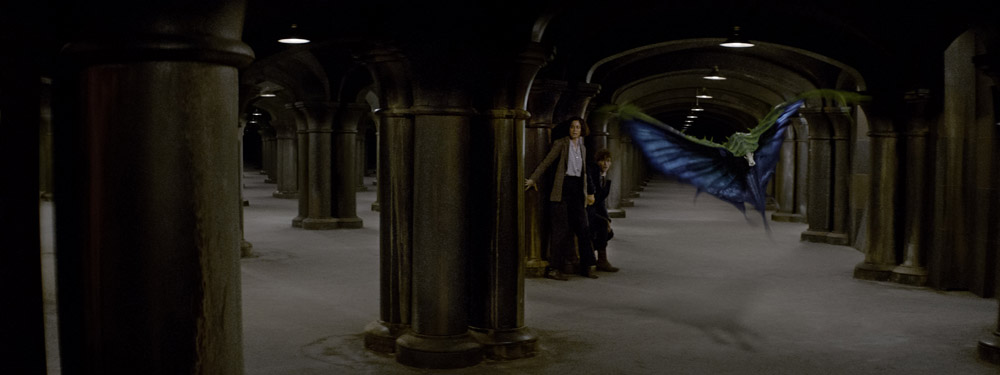
Tina (Katherine Waterston) and Newt (Eddie Redmayne) release the "Swooping Evil," a creature that resembles a large butterfly crossed with an armored reptile. This magical beast inhabits a green spiny cocoon when at rest and has a taste for brains, Entertainment Weekly reported. Its venom also has magical properties, and can be used to erase harmful memories.
[Read about how animators created the fantastic beasts]
Sign up for the Live Science daily newsletter now
Get the world’s most fascinating discoveries delivered straight to your inbox.
Sticky fingers
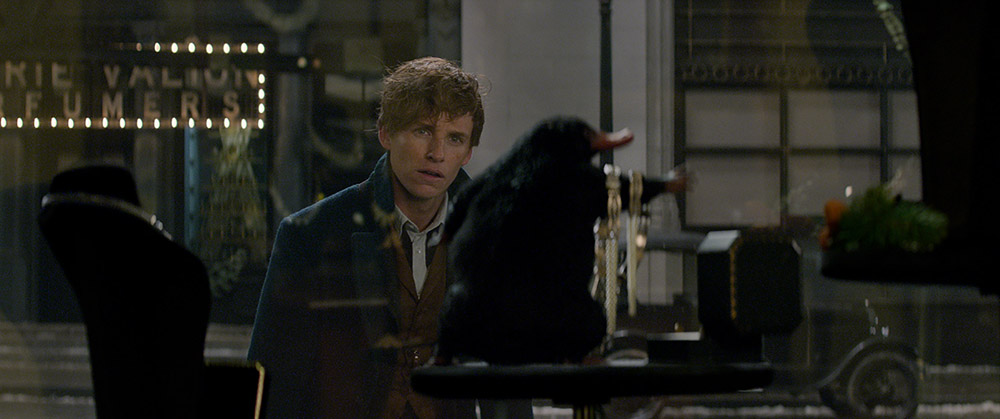
Newt (Eddie Redmayne) contemplates an escaped "Niffler" as it happily plunders a jewelry store. Nifflers are attracted to gold, diamonds and other glittery precious objects, according to the Harry Potter books, and are described as useful for locating treasure. However, in the film "Fantastic Beasts," an escaped Niffler proves that he will grab anything shiny that catches his eye, wreaking plenty of havoc in the process.
Large and aggressive
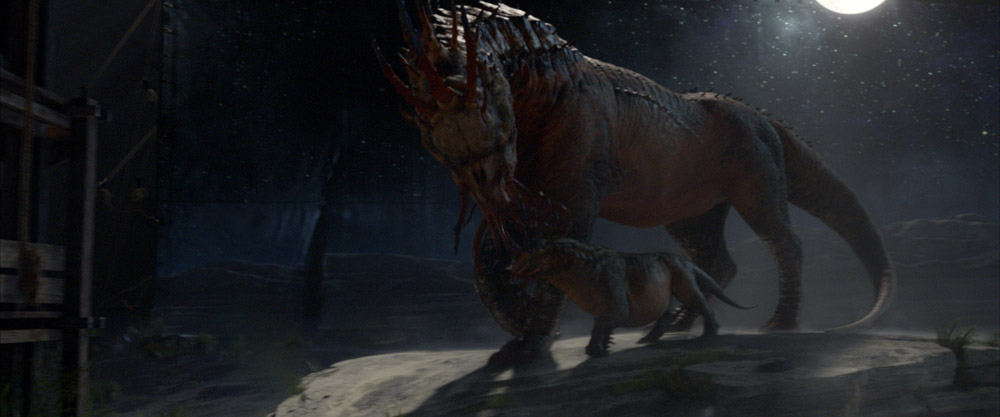
A beast called the "Graphorn" was first described in the book "Fantastic Beasts and Where to Find Them" (Bloomsbury, 2001).
Graphorns live in mountainous regions in Europe, have two horns and a very tough hide that can repel spells. They are "extremely aggressive," and though their horns are highly coveted for potions, they are difficult to obtain, the book explains.
A shy guardian
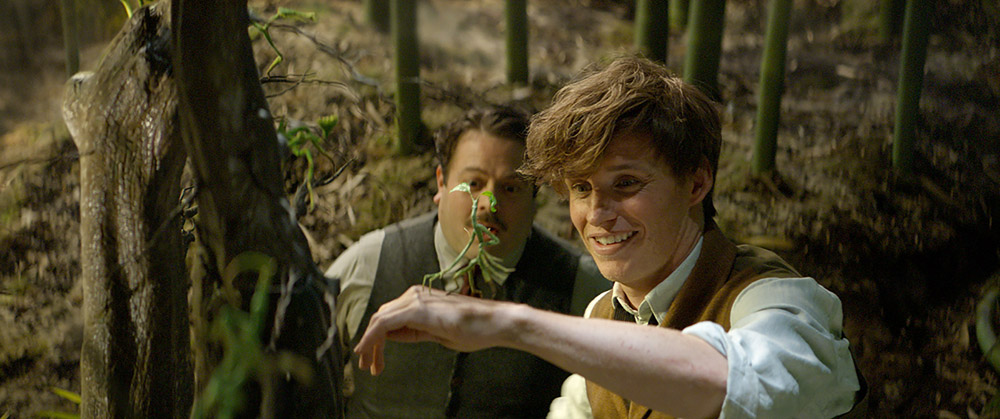
Jacob (Dan Fogler, left) and Newt (Eddie Redmayne) peer at a "Bowtruckle," an insect-eating twig-like creature that makes its home in the trees that provide wood for wizards' wands.
Bowtruckles guard these trees fiercely, targeting intruders' eyes with their long and sharp fingers. Wizards and witches seeking wood from Bowtruckles' trees are encouraged to distract the creatures with woodlice, according to the Pottermore website.
Deadly breath
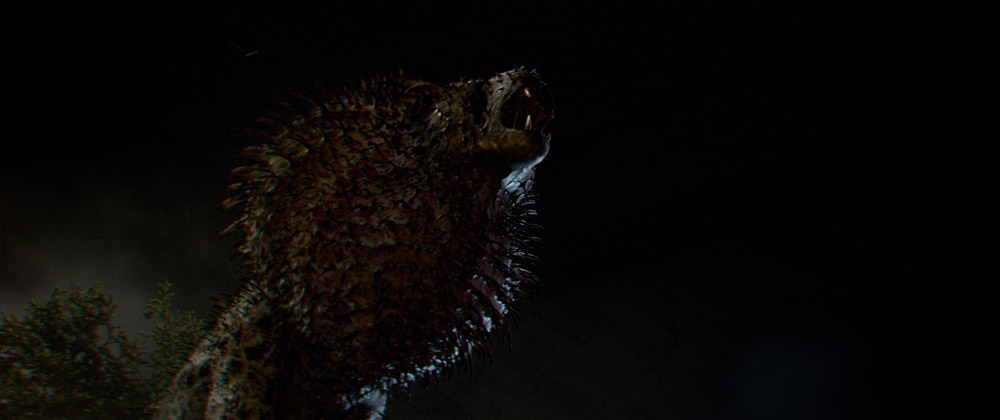
The "Nundu" looks much like an enormous leopard, but with a spiky sac surrounding its neck. When inflated, the sac resembles the spiny, balloon-like bodies of porcupinefish in the family Diodontidae.
Some porcupinefish are venomous, and the "Nundo" is likewise feared for its poisonous breath, which "causes disease which can eliminate entire villages," making it "arguably the most dangerous beast in the world," according to the Pottermore website.
All that glitters
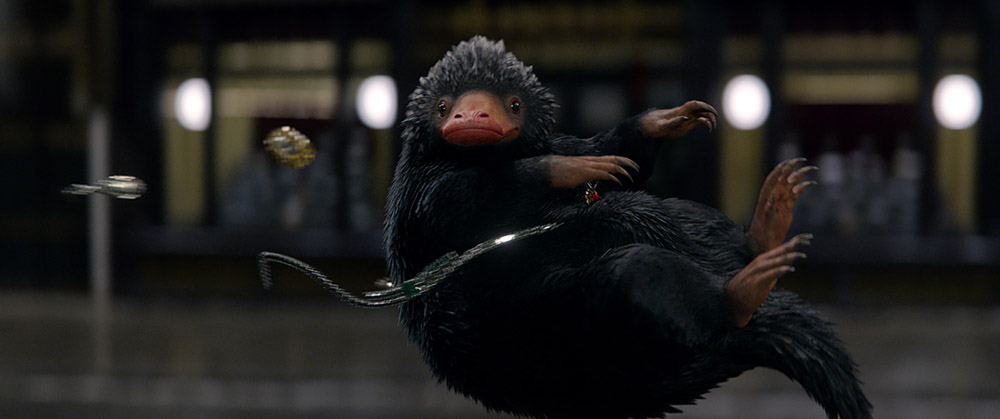
Fluffy, roly-poly Nifflers have a bill like a platypus's, but their nimble hands are perfectly suited for grabbing and stowing away shiny objects, which they hide in a seemingly bottomless stomach pouch — in the film, an escaped Niffler manages to stow away nearly the entire contents of a jewelry store before Newt (Eddie Redmayne) catches him.
Nifflers are native to Britain, and while these burrowing magical creatures are "gentle and even affectionate," they can be highly destructive where belongings are concerned, the Pottermore website warns.
[Read about how animators created the fantastic beasts]
Pickett the Bowtruckle
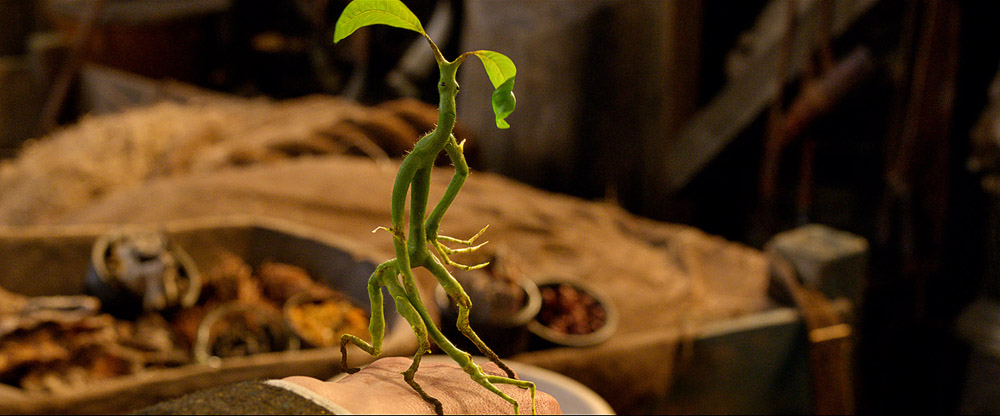
In the film "Fantastic Beasts," wizard naturalist Newt (Eddie Redmayne) is especially attached to one of his magical charges, a tiny plant-like Bowtruckle named Pickett.
"Newt has a very soft spot in his heart for him, hence he always carries him around in his top pocket and makes continuous excuses for him," Redmayne told USA Today. "Everything about Pickett the Bowtruckle is wonderful and I am completely biased," he added.
Birds of a feather
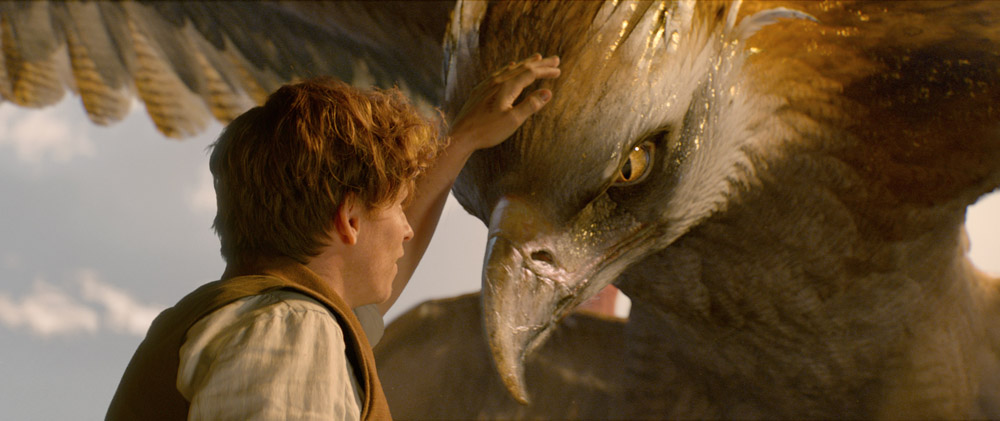
"Thunderbirds" look like immense hawks or eagles with more elaborate tail plumage, and their powerful wingbeats can generate storms. They are native to North America and are closely related to the phoenix — another magical bird — the Pottermore website explains.
In the film "Fantastic Beasts," Newt (Eddie Redmayne) brings a suitcase full of magical creatures to New York on a quest to return a rescued Thunderbird named Frank to its home in Arizona.
Explosive horn
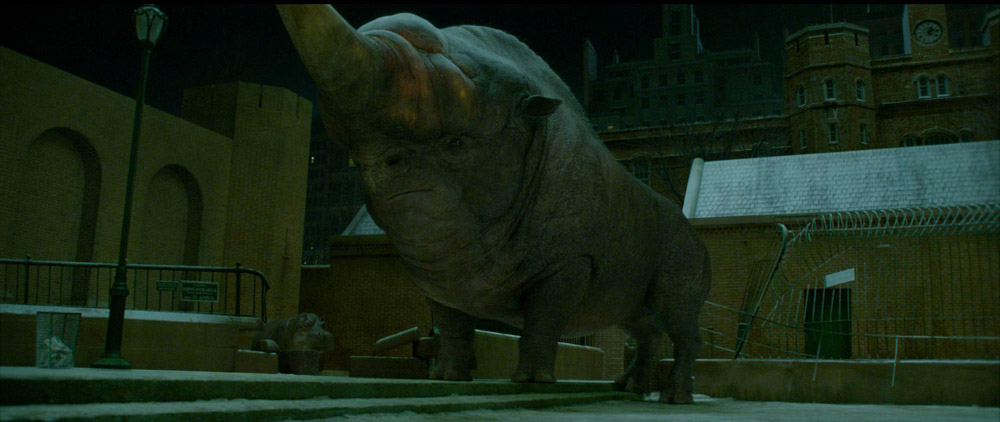
The magical beast known as the "Erumpent" resembles a gigantic rhinoceros, and its horn's unique construction makes it dangerous when provoked.
Circulating through the horn is highly combustible fluid that generates powerful explosions. In fact, male Erumpents frequently blow themselves up while mating, according to Pottermore.

Mindy Weisberger is an editor at Scholastic and a former Live Science channel editor and senior writer. She has reported on general science, covering climate change, paleontology, biology and space. Mindy studied film at Columbia University; prior to Live Science she produced, wrote and directed media for the American Museum of Natural History in New York City. Her videos about dinosaurs, astrophysics, biodiversity and evolution appear in museums and science centers worldwide, earning awards such as the CINE Golden Eagle and the Communicator Award of Excellence. Her writing has also appeared in Scientific American, The Washington Post and How It Works Magazine. Her book "Rise of the Zombie Bugs: The Surprising Science of Parasitic Mind Control" will be published in spring 2025 by Johns Hopkins University Press.









